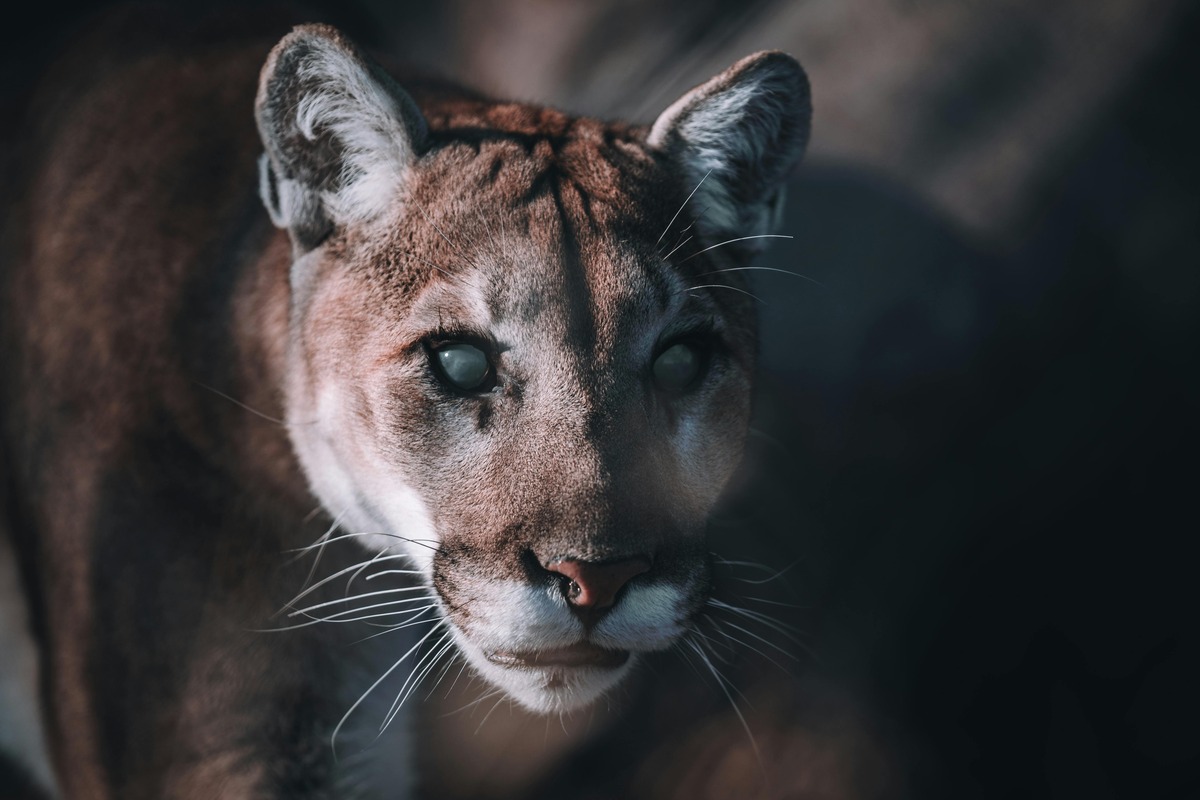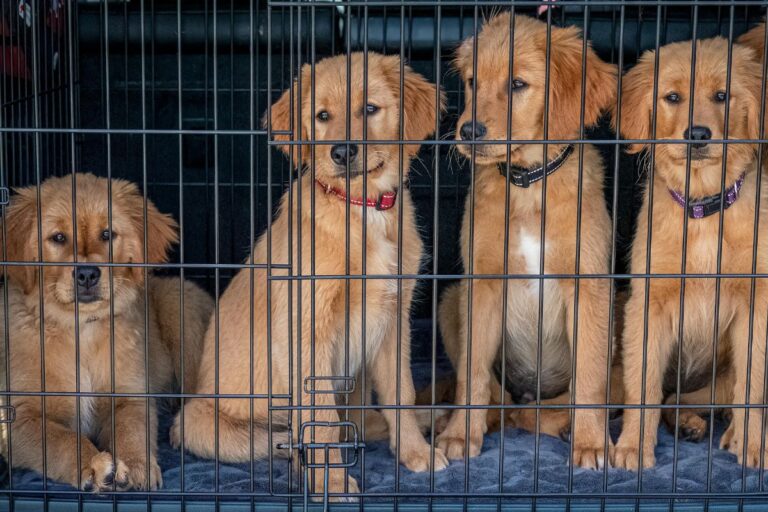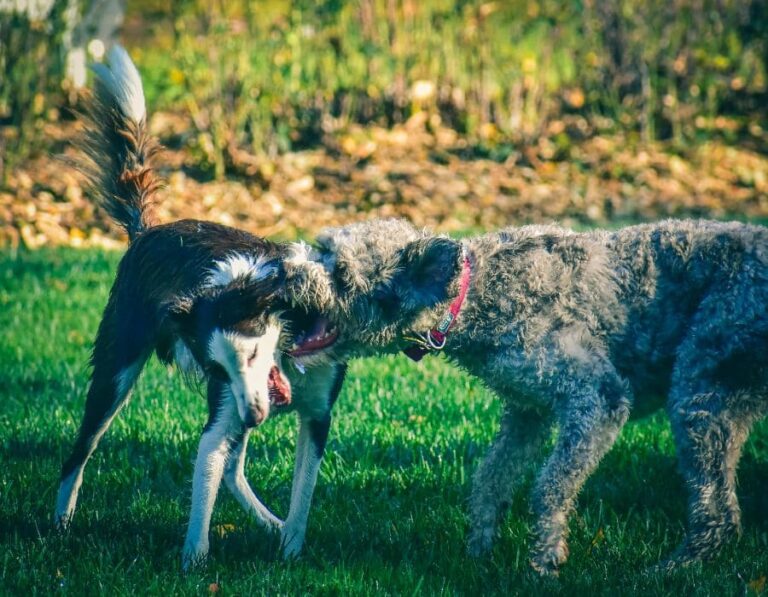Watch Out for These 10 Dangerous Animals If You Walk Your Dog in the US
Taking your dog on daily walks is a great way to bond and keep them healthy, but it’s important to be aware of potential dangers in the wild—especially in the diverse landscapes of the United States. From forests and deserts to suburban trails, many animals can pose a serious threat to your pet. Some may see your dog as a threat, others as prey. Here are 10 dangerous animals to watch out for when walking your dog in the US, and tips on how to keep your canine companion safe.
1. Coyotes
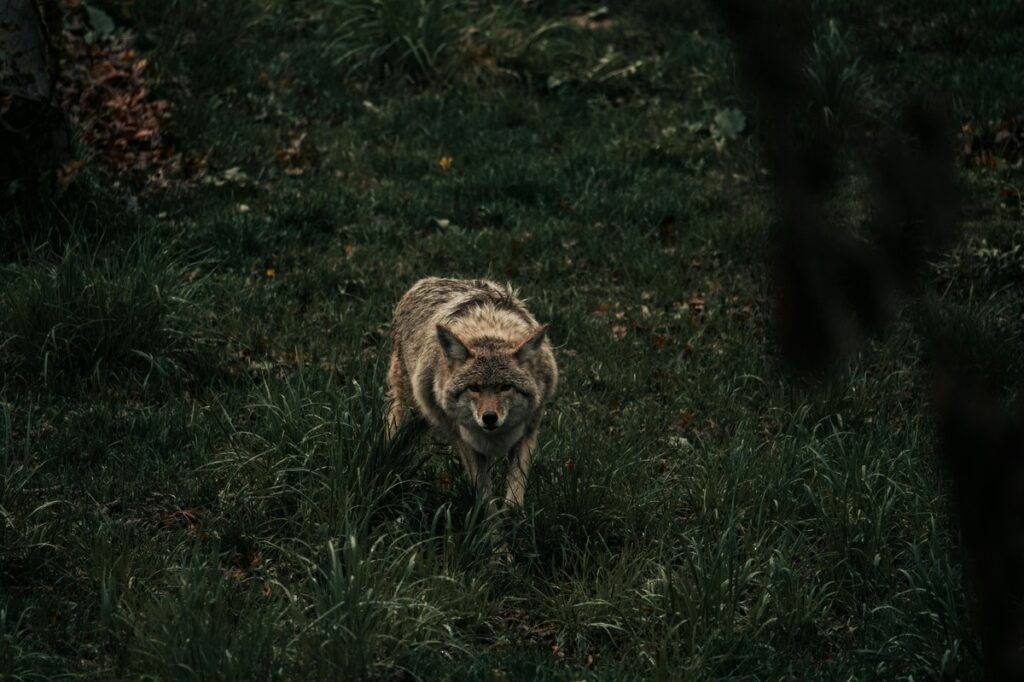
Found in almost every state, coyotes often roam neighborhoods and trails, especially at dawn and dusk. They may try to lure smaller dogs away or see them as a food source. Always keep your dog leashed and avoid letting them wander into wooded or brushy areas.
2. Snakes
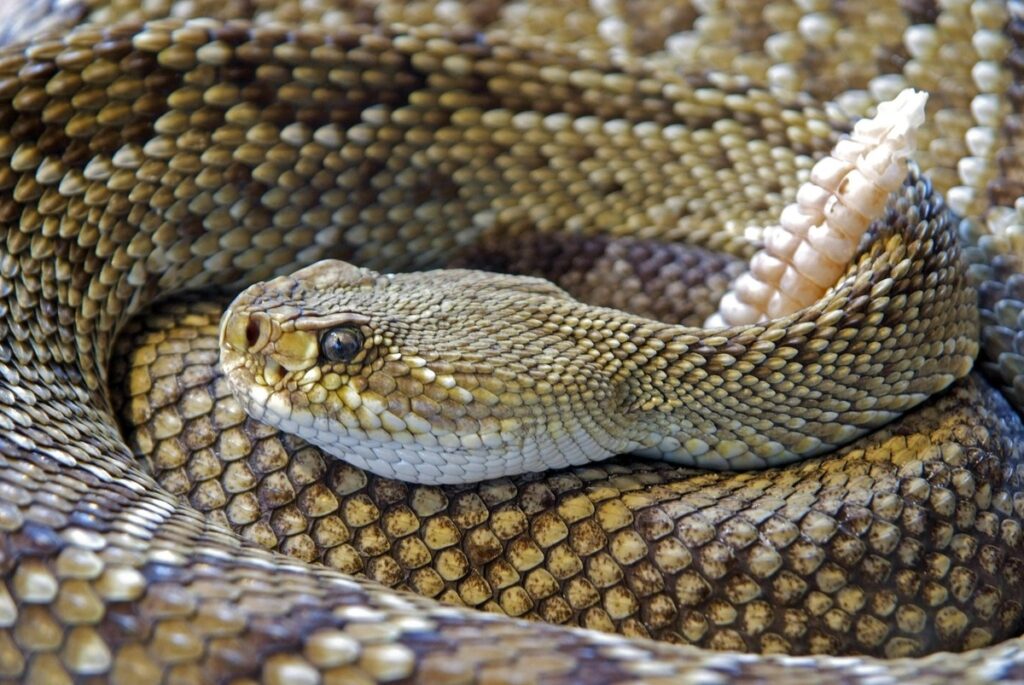
Venomous snakes like rattlesnakes, cottonmouths, and copperheads are common in many regions. Curious dogs may get too close and suffer a potentially fatal bite. Stick to cleared paths, avoid tall grass, and learn which snakes are native to your area.
3. Alligators
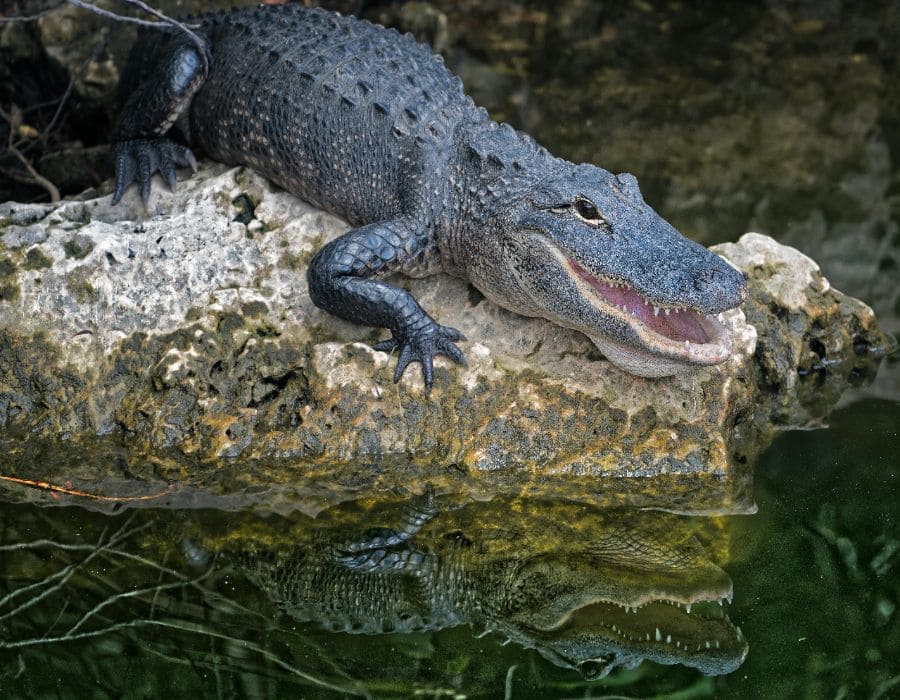
In the southeastern US, particularly in states like Florida and Louisiana, alligators can lurk in ponds, lakes, and marshes. They can strike quickly, especially near the water’s edge. Keep your dog away from water in known gator habitats.
4. Bears
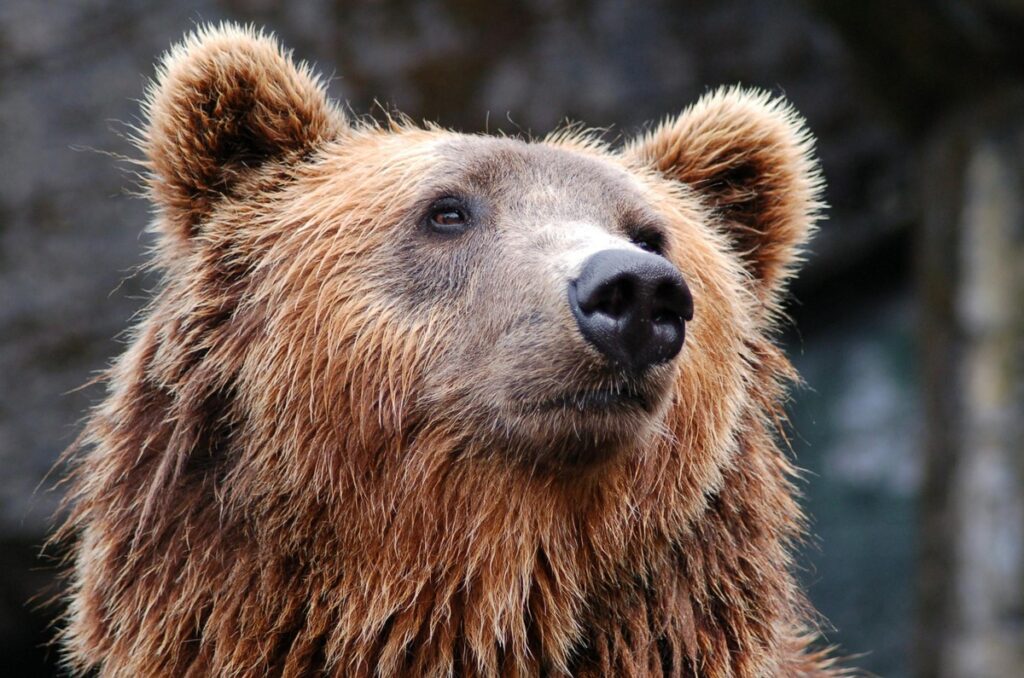
Black bears and grizzlies are found in mountainous and forested regions like the Rockies, the Pacific Northwest, and parts of the East. Bears usually avoid humans but may become aggressive if surprised or protecting cubs. Make noise while walking, and keep dogs close to avoid provoking a chase.
5. Mountain Lions

Also known as cougars or pumas, these big cats live in many western states. They are stealthy predators and may see small or medium-sized dogs as prey. Avoid walking at dusk or dawn, and keep your dog on a short leash in lion country.
6. Porcupines
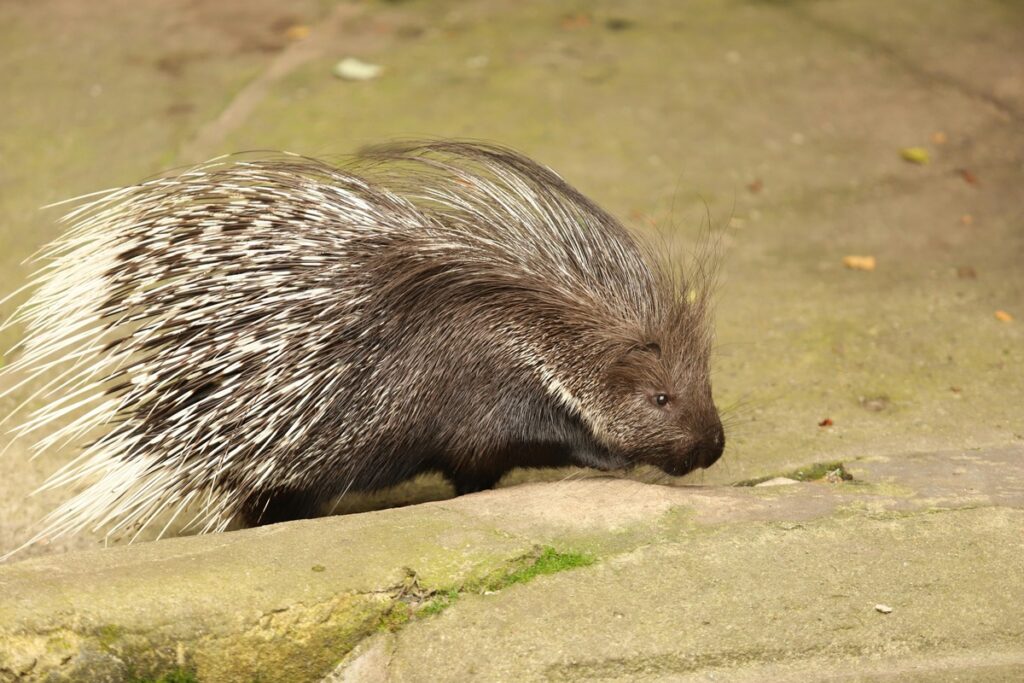
These slow-moving creatures pose a surprising threat. If your dog tries to investigate or attack, they can end up with a face full of painful quills. Porcupines are common in forests across the northern and western US. Prevent off-trail roaming in wooded areas.
7. Skunks
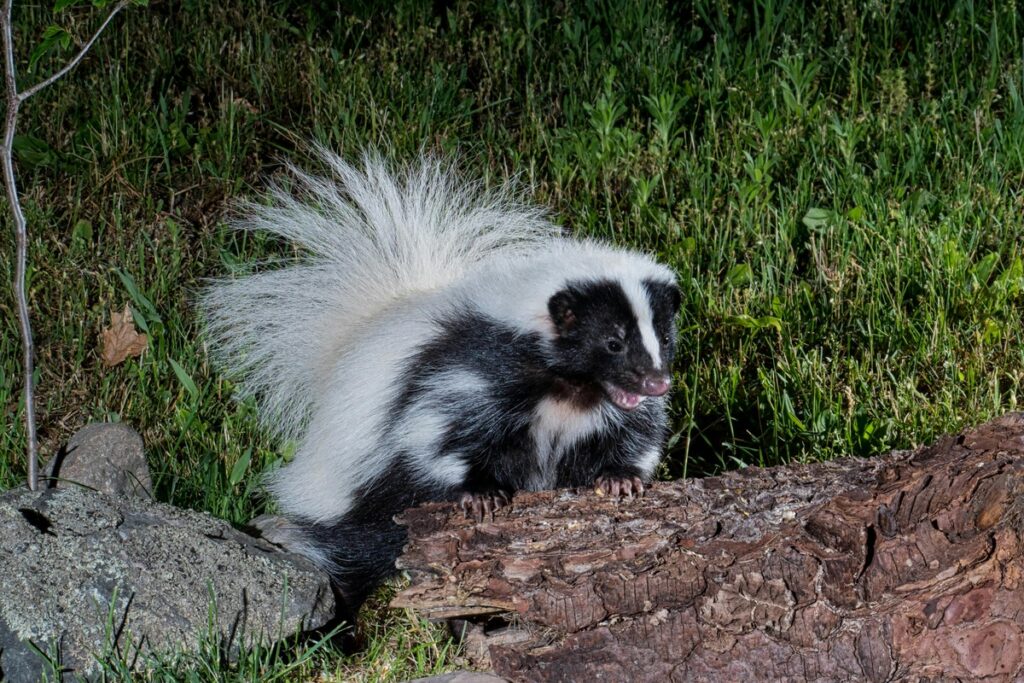
Besides the smell, skunks can carry rabies and spray your dog with a painful and irritating chemical. Dogs that get too curious often get sprayed. Keep your dog leashed and avoid nighttime walks when skunks are most active.
8. Wolves
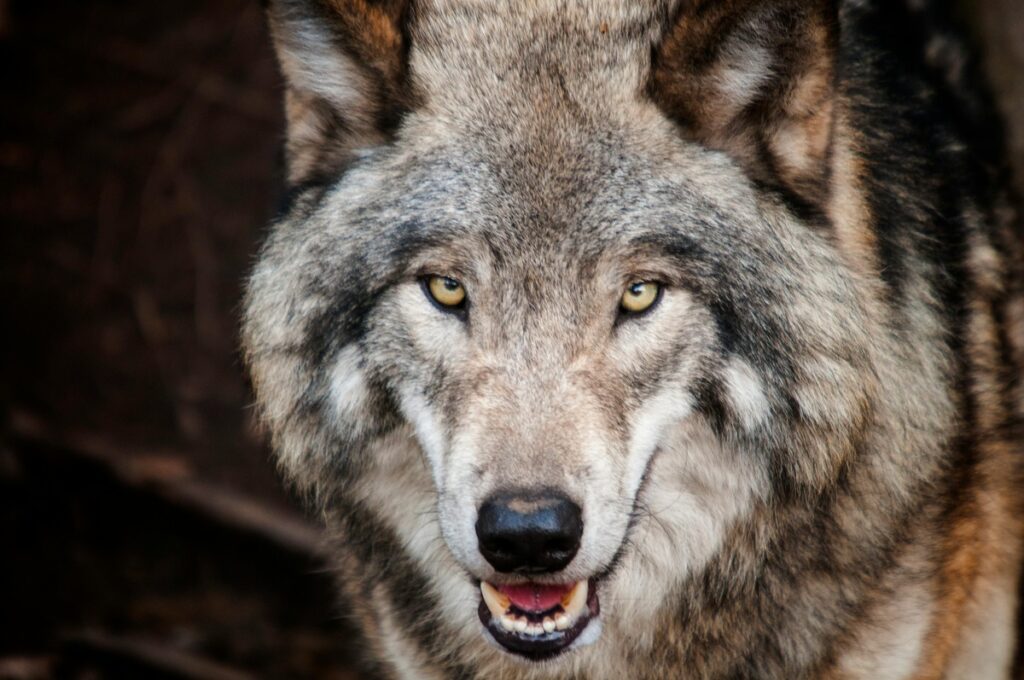
Though rare and shy around humans, wolves in areas like the northern Rockies or Great Lakes can become aggressive toward dogs, especially during breeding season. Never leave your dog unattended in these regions and avoid known wolf territory.
9. Bobcats
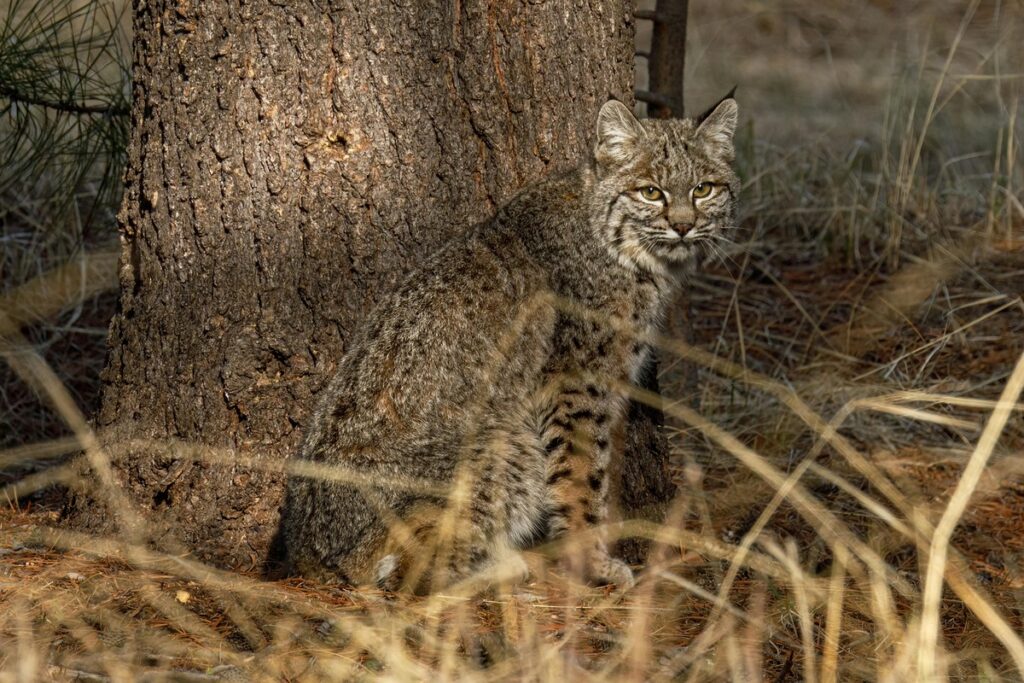
These medium-sized wild cats are found across much of the US. While they usually avoid confrontation, they may defend territory or see smaller dogs as prey. Keep dogs leashed and stay alert in rural and wooded areas.
10. Raccoons

Raccoons might not seem threatening, but they can be highly aggressive, especially if cornered or protecting young. They are also common carriers of rabies. Dogs that chase or corner a raccoon can end up scratched, bitten, or worse.
How to Keep Your Dog Safe on Walks
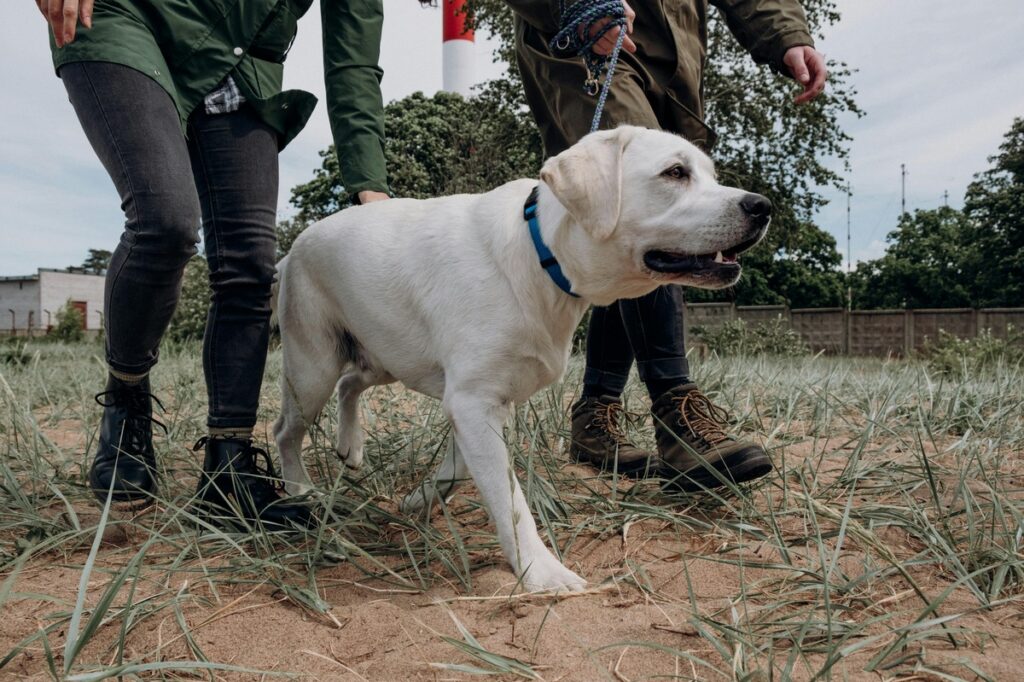
- Always use a leash, even in familiar areas. It gives you control if a wild animal appears.
- Avoid walking at dawn, dusk, or night, when many predators are most active.
- Stick to open, well-traveled paths and avoid dense brush or tall grass.
- Carry a loud whistle, walking stick, or bear spray when in areas known for dangerous wildlife.
- Don’t let your dog sniff or explore holes, logs, or bushes, which may hide snakes or other animals.
- Stay informed about local wildlife activity and sightings in your area.
Awareness Is Your Best Defense
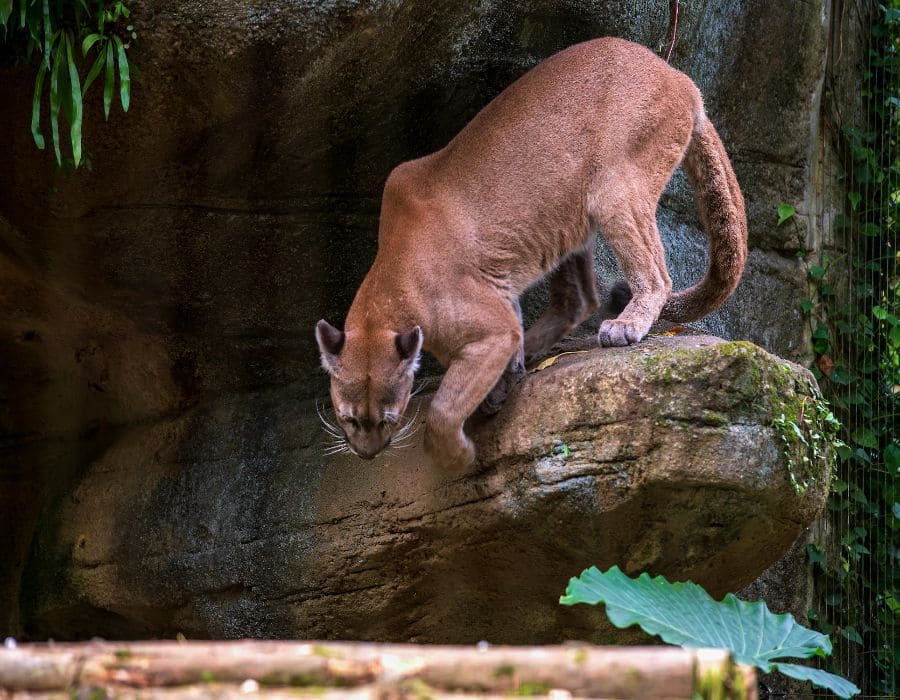
Nature is beautiful, but it can be unpredictable. Knowing what animals pose a threat—and how to avoid them—can help keep your walks fun and your dog safe. With the right precautions and awareness, you can confidently explore the great outdoors while protecting your four-legged friend from harm.

